Table of Contents
Introduction of Engine Valve
The engine valve is a mechanical part that allows fluid to enter and exit the combustion chamber or cylinder while the engine is running. Engine valves work in the same way as other valves (that is, either allowing or blocking fluid flow).
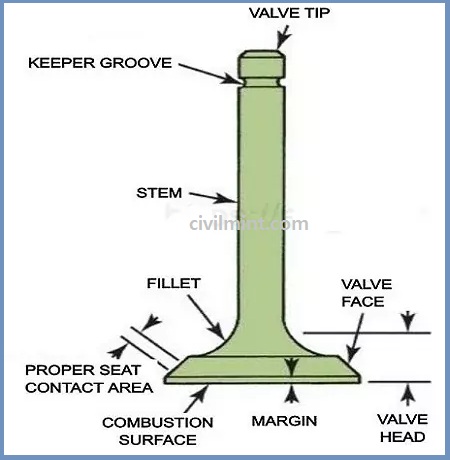
The engine’s valve is connected to the camshaft. The movement of the camshaft controls the opening and closing of the intake and exhaust valves. Proper operation of the camshaft ensures proper opening and closing of the valve.
The cylinder head ensures the safety of the engine valves. The main function of an engine valve is to allow fluid to flow in and out of the cylinder. The air helps ignite the fuel. The power generated from the combustion of the air-fuel mixture is used to push the piston up and down.
Working Principle of Engine Valve
The operation of engine valves is highly dependent on the movement of the piston, crankshaft, and camshaft. The camshaft controls the opening and closing of the intake and exhaust valves. Engine valves work as follows:
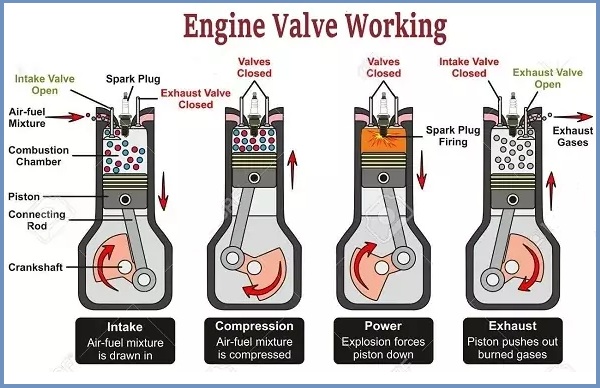
- On the intake stroke, the piston moves from TDC to BDC. During this stroke, the piston transmits motion to the crankshaft via the connecting rod.
- The crankshaft then transmits that motion to the camshaft.
- When the camshaft receives movement, press the intake valve down to open it. When the intake valve opens, fluid begins to flow into the cylinder. During this process, the exhaust valve remains closed.
- The piston reciprocates on its compression stroke as the fluid moves as needed.
- During the compression stroke, the camshaft pushes and closes the intake valve again.
- After compression, the piston makes a working stroke. During the power stroke, the intake and exhaust valves remain closed.
- At the end of the power stroke, the piston moves to complete the exhaust stroke. During the exhaust stroke, the camshaft pushes the exhaust valve and opens the intake valve while it remains closed.
Types of Engine Valve
- Poppet valve
- Sleeve valve
- Rotary valve
- Reed valve
Let’s get a brief idea about these types of engine valves.
1. Poppet Valve
Poppet valves are also called mushroom valves. They are known as poppet valves because they move up and down. This type of exhaust valve is used to regulate the timing and amount of gas entering the engine. Poppet valves are mainly used in automobile engines.
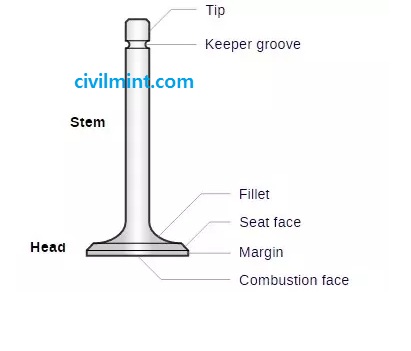
This type of valve has a stem and is ahead. In general, the valve face should align with the valve seat at an angle of 30° to 45° for a perfect seal.
The valve stem has a spring retainer locating groove. The end of the stem makes contact with the cam, allowing the valve to move up and down.
For exhaust valves, a differential pressure is used to seal the valve. For intake valves, the pressure differential helps open the valve.
2. Sleeve valve
As the name suggests, a sleeve valve is a sliding or rotating sleeve or tube installed between the cylinder wall and the cylinder piston of an internal combustion engine.
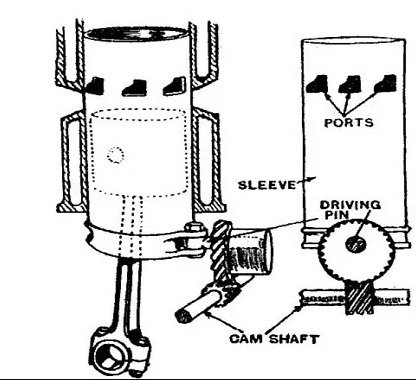
The inner region of the liner forms the inner liner of the cylinder on which the piston rotates/slides. The liner moves continuously to move the gas, periodically adjusting slots in the liner with holes obtained by casting the master cylinder.
3. Rotary Valve
There are several types of rotary valves. Butterfly valves are one of the most well-known types of rotary valves. This valve has a rotating disk with a port. As the disk rotates, it alternates between the intake and exhaust manifolds.

4. Reed valve
A plate valve opens and closes fluid flow in one direction at different pressures on both sides. This is a kind of check valve. It has a mechanical core. These rods are hinged at one end to close the channel and allow air or charge to flow in only one direction.
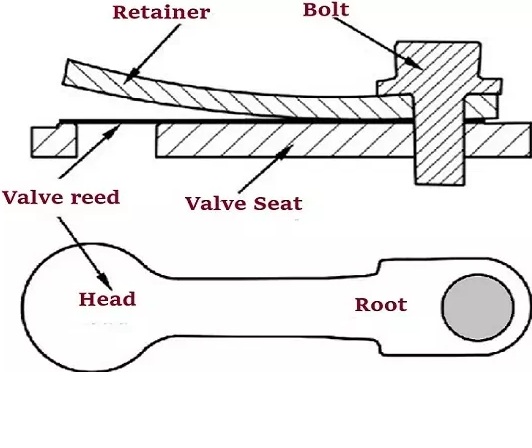
If you like my article on engine valves please let me know in the comment section.
Thank!
Happy Learning!
Cya!
